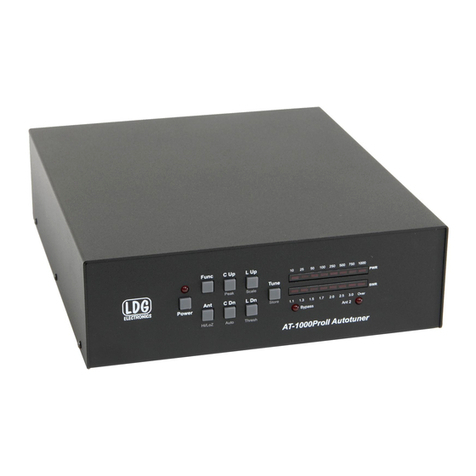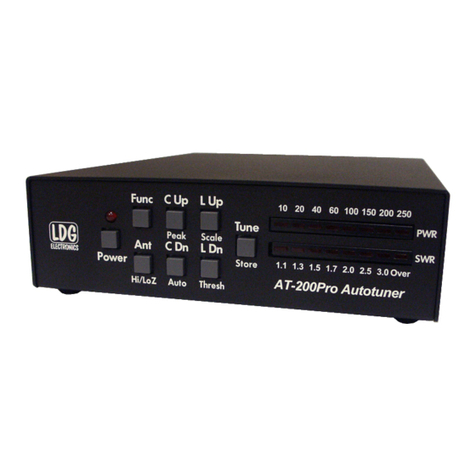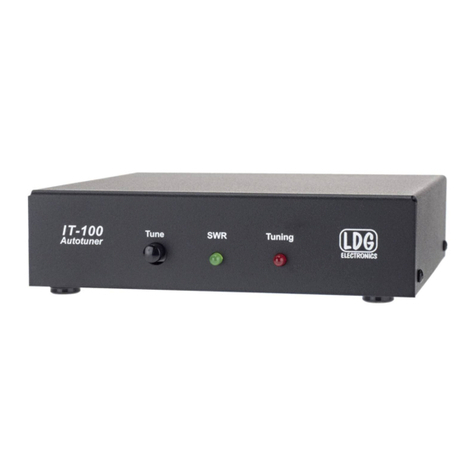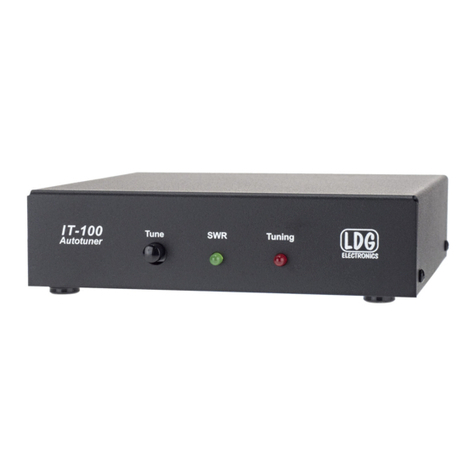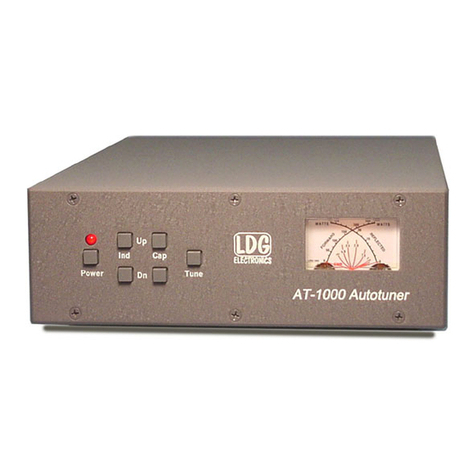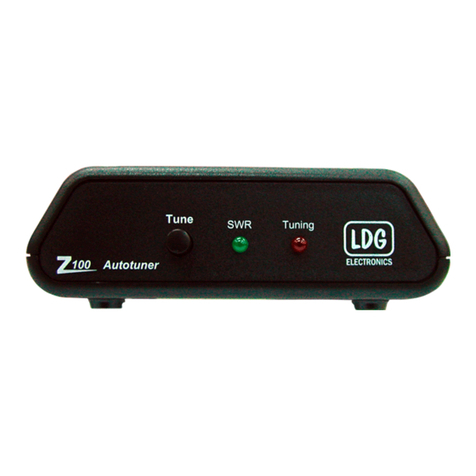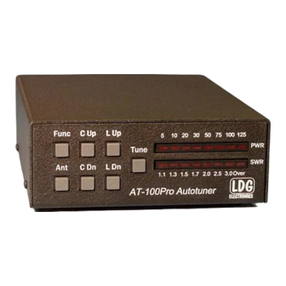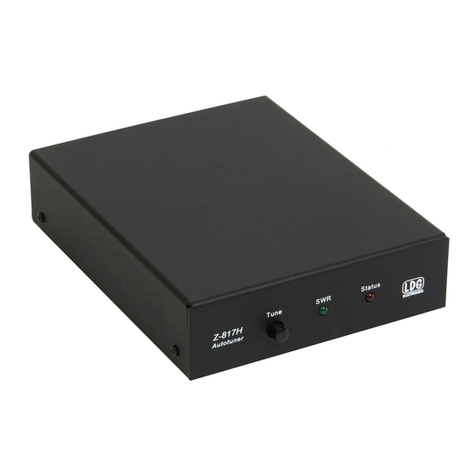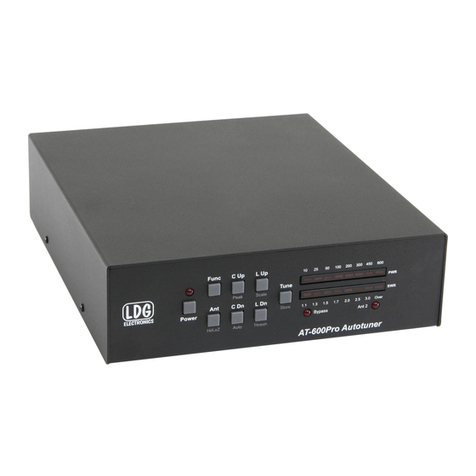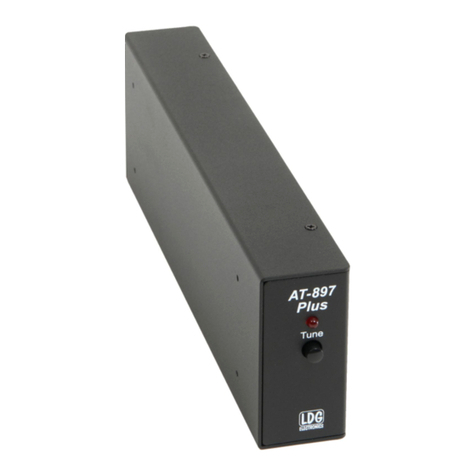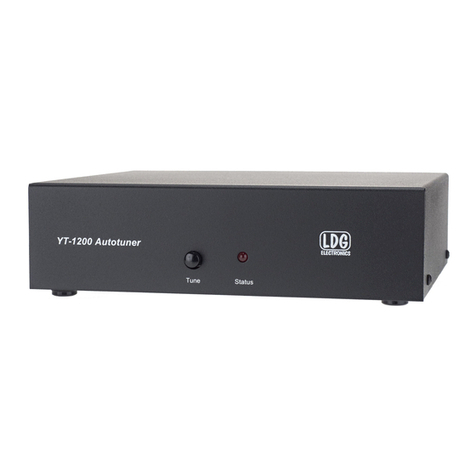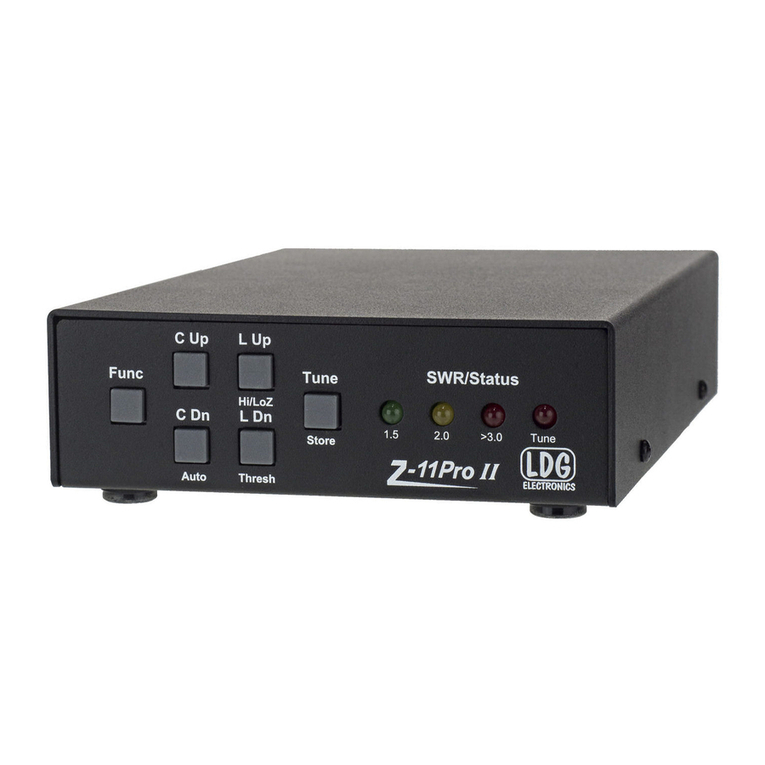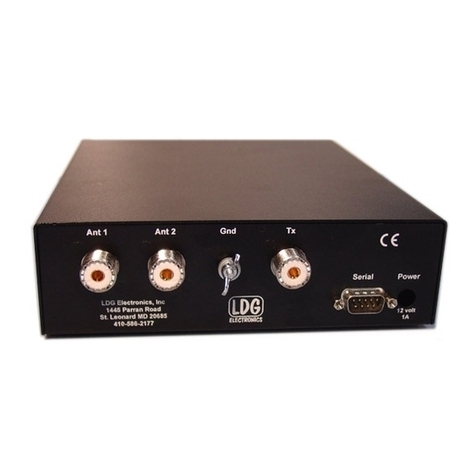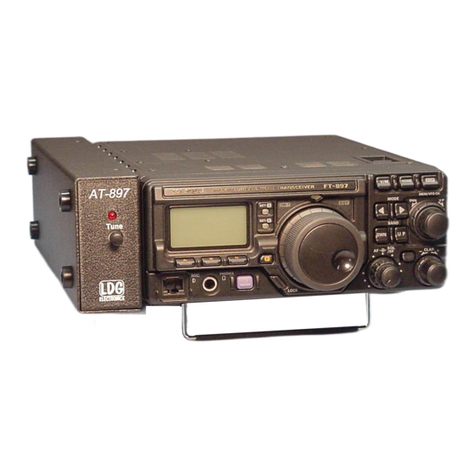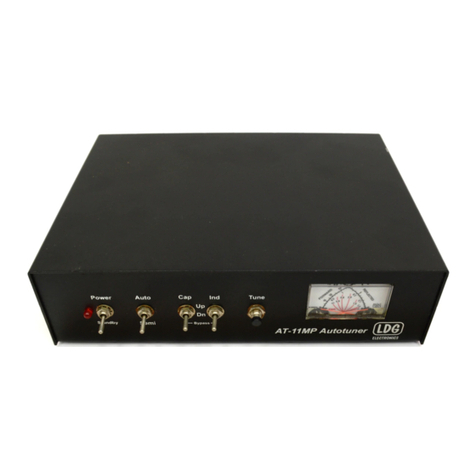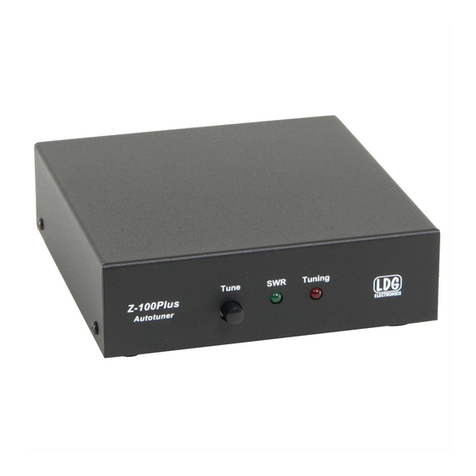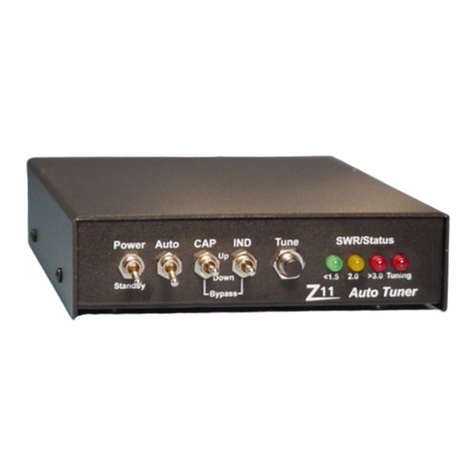
6
Installation
Before installing your OT-11P tuner, you should upgrade the radio's firmware to the latest
version. Consult the radio's manual and the Ten-Tec web site for instructions on how to do this.
When the firmware upgrade is complete, proceed with installing the tuner.
With your Orion powered down and disconnected from the DC power supply, remove the top and
bottom covers from the radio. Using a medium cross-point screwdriver, remove four screws from
the sides of the radio (two on each side). Using a cross-point or star tool, remove the small screws
from the back of the covers. Set these and all other screws aside for later reassembly; they will all
be reused. The Orion's speaker cone will be exposed throughout the installation; take care not to
damage it.
Turn the radio bottom-up on your workbench with the front panel facing you; directions for
right/left and front/back are relative to this position (front means nearest the front panel). You
will install the OT-11P tuner in the right rear compartment, connecting it to the radio via the five
cables attached to the tuner (one black and one white pair (Control), one red (+12 vdc), and two
coaxial cables (RF IN and RF OUT).
Step 1: Carefully place the OT-11P into position in the right rear compartment of the radio. Be
careful not to pinch or foul any of the wires connected to the tuner. The OT-11P goes in with the
components up (looking down into the bottom of the radio) with the red toroid inductors to the
left. Align the four mounting holes in the tuner with the four holes in the Orion chassis. Secure
with the four small cross-point screws, spacers and washers provided. Hand tighten only; do not
overtighten.
Step 2: Attach the control line. In this step, you will remove the Orion's front panel, attach the
black and white control cable to a connector on the inside of the front panel, then reinstall the
front panel. Follow these sub-steps:
Step 2.1: Don't Panic! Yes, we know you ponied up three large for your Orion, but
removing the front panel is actually a lot easier than it sounds. The Orion front panel is an
integrated assembly that comes off in one piece. You do not have to remove any knobs or
other controls. There are many cables connecting the panel to the radio chassis, but there
is enough slack to let you work leaving all connected.
Step 2.2: Remove the 12 small screws that hold the front panel to the chassis: 4 each on
the top and bottom, 2 on each side. Each screw goes through a black plastic tab on the
outside of the chassis (note for later reassembly). Set the screws aside for later
reassembly.
Step 2.3: Gently pull the front panel assembly away from the chassis. Be careful not to
stress any of the wires connection the front panel to the chassis.






